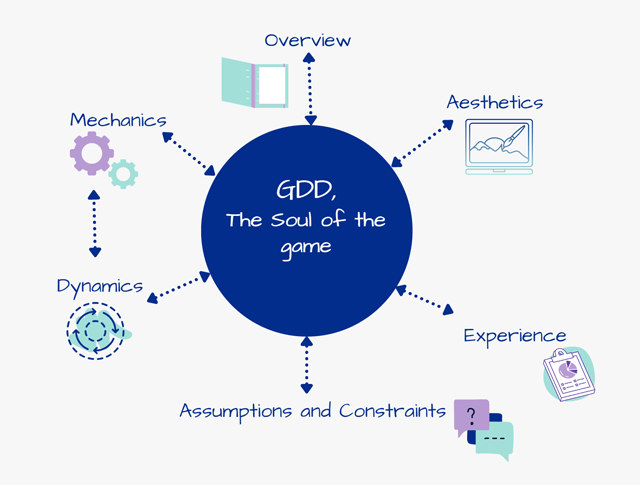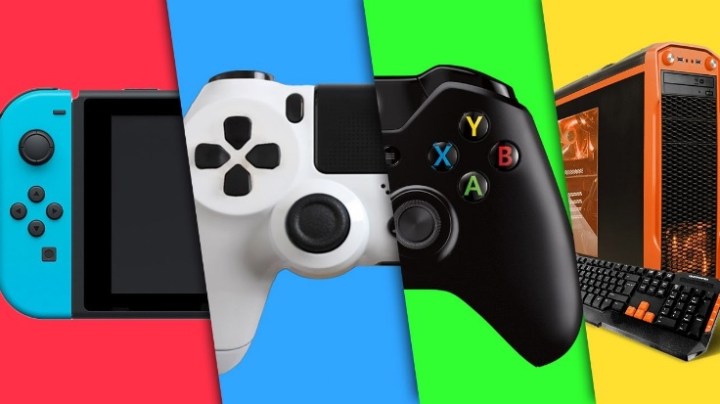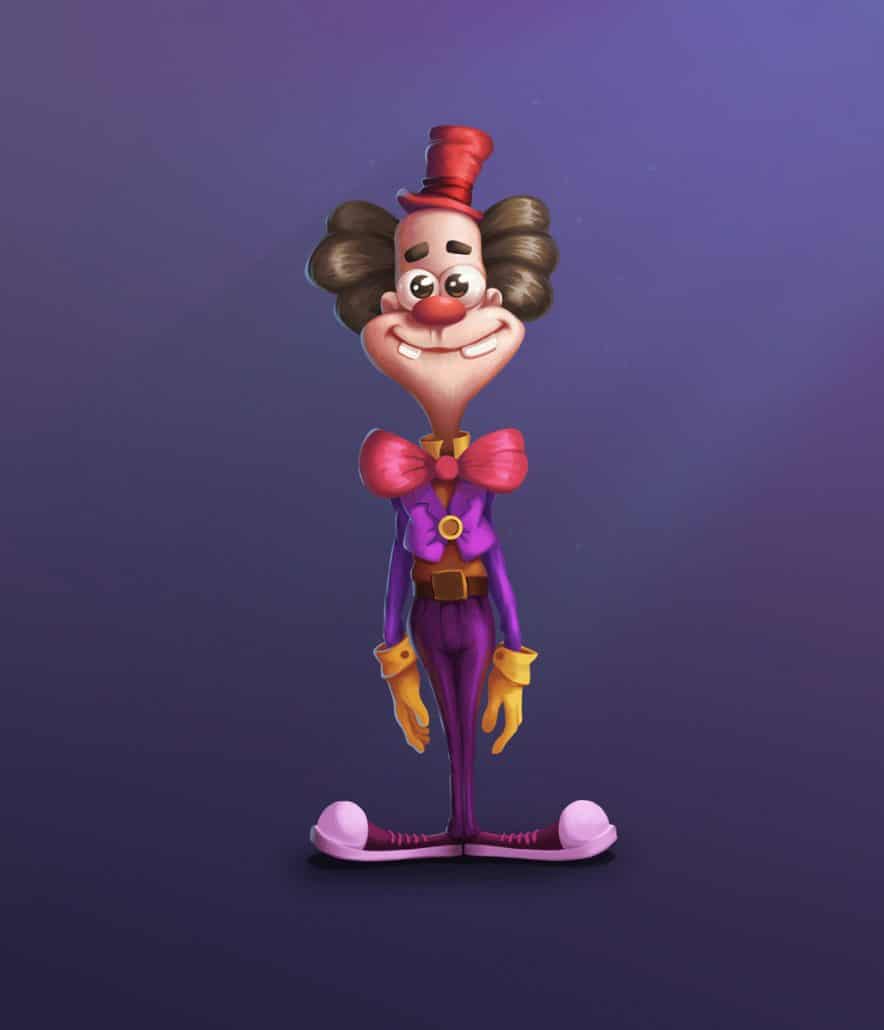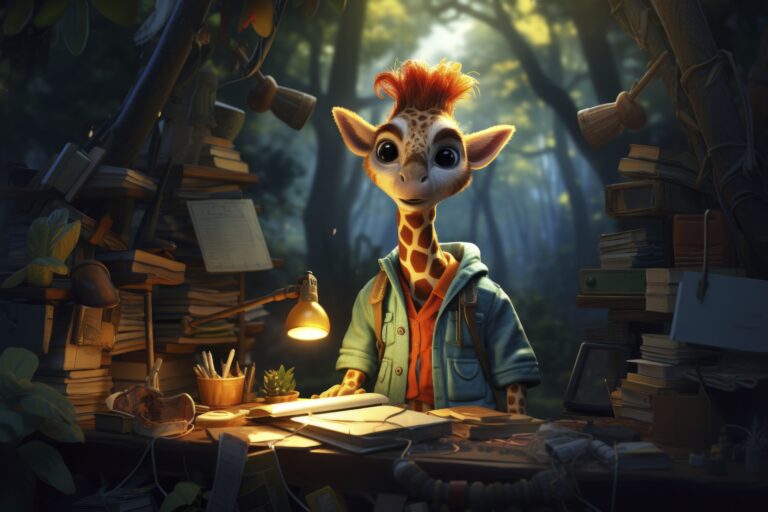In 2020, the gaming industry generated $155 billion in revenue, analysts predict that by 2025 this figure will be more than $260 billion. The competition is fierce so to stand out you need to use every tool that guarantees your success. Every seasoned professional will tell you that establishing a high-quality Game Design Document is the best way to ensure a truly great product by a cohesive and productive team.
What Exactly Is a Game Design Document?
In essence, a Game Design Document is a detailed, living plan of your future game’s design and structure. It should not be confused with Game Concept Paper, which is part of the GDD. This “document” can be a word format file or an online collaboration board, but the content is more or less the same.
There is no industry standard as to what should be detailed in the Game Design Documents. Whatever the specifics, the goal is to have something that describes your game project before jumping into production. However, keep in mind that GDD is a “living” document. This means that due to the fluid and flexible nature of the game industry, it will see many changes before the production is over.
Why Do We Use GDDs?
Despite the trending idea that GDDs are obsolete and a thing of the past, they are still very much needed. Call it whatever you like (Wiki, GDD, Project Board, Bible…), it doesn’t change the fact that if you start the production without one, success will become highly unlikely for your game.

GDD helps all of your game art studio members stay on the same track and collaborate efficiently. Onboarding new team members becomes a piece of the pie with a first-class Game Design Document. It will also allow you to set accurate deadlines and budget limits.
That said GDD is a document that is tailored to any specific project’s needs, and they may be a lot different compared to each other. Some games have several pages of design documents that describe everything down to its minute detail. While others barely make it to two pages.
We encourage you to make your GDD as clear and detailed as possible. But in the end, the volume and structure of it depend entirely on the scope of your project. A Tetris game doesn’t have a story or characters or lots of concept art, so it’s bound to have a lighter GDD than a Call of Duty game.
Who Is It Good For?
It doesn’t matter if you’re the game designer or the character modeler. Even if you’re not going to write it yourself, you should know how to use GDD properly.
- People who are directly involved in the game development process. While it’s the game designer who eventually writes it up, GDD is created as a collaboration of the entire development team. Game designer sit down with artists, coders and marketers to discuss and add to GDD based on their unique skillsets.
- Business owners and individuals who have a great game idea, but don’t want to develop it themselves. They still need to be able to communicate their idea efficiently to the team that is going to develop the game. This will save a lot of time and money for both sides, and makes sure the end result will be closer to the initial vision. They don’t have to write a full GDD, as a Game Concept Paper will be enough for their purpose.
Game Design Document Template + Explanation
We talked about whats and whys of writing a Game Design Document, but what exactly goes inside a GDD? The exact titles might be different from GDD to GDD, but the topics are the same.

Project Title
You must call your game something right? Even if you haven’t come up with a name yet, use a placeholder name to give it an identity. You better spend your time choosing the name when the project is near completion. Then, you will have a better idea of what your game is about and what name fits it most.
Project Overview
A project overview is just that, an outline of the most important and deciding factors of your game. The project title, the elevator is the only mandatory section of the project overview, but a better one will include more detail such as budget and time estimation.
Elevator Pitch
The most essential part of the project is the overview. Overview always starts with an “Elevator Pitch”. A very short description of what your game is about that has to immediately grab the attention of the reader. Make it as short and as exciting as possible because you often have to pitch it to a manager or sponsor with a very tight schedule.

Example: “A vengeful ancient warrior fights against gods and their mythological servants to take revenge for the murder of his family and find redemption.”
Estimated Budget and General Timeline
If you’re an experienced game designer, you could predict the approximate time and budget that the project will require. These estimates should be made when all the other parts of GDD are detailed, as those details will affect the time and budget required.
If you’re a business owner who wants to outsource the project, you can put down the budget and time you would wish for the development team to work with. But this kind of estimation puts limits on the rest of the design, and there should be discussions with the development team to check its feasibility.
If you’re going to outsource your game’s development, you only need to write the title, elevator pitch, and your desired budget and timetable. A document containing only the project overview is sometimes called a Game Concept Paper and it’s enough to fire up a project.
Reference Games
Which games have influenced you to come up with this idea for a game? Whether you’re a game designer or not, it helps the development team a lot to be able to check out a few fully finished games to guide their own direction and fill in the possible gaps in the design.
Platform

Do you want to publish your game on smartphones? Personal Computers? Next-Gen Consoles? All of them? Your target platforms heavily influence the design and the marketing of your game. So, it should be an informed decision after discussing the matter with your Chief Technology Officer and Marketing Manager.
Genre
The last item on your project overview should be about the genre of your game. Each genre has different technical requirements so it’s absolutely vital to decide on the game genre before proceeding with the design.
Demographics
One of the most important parts of creating a Game Design Document is researching the demographics. It is up to you to choose the exact metrics to monitor. However, whatever your research, should give you insight into your target audience. This information will help you to tailor your design according to the players’ needs.
This research should definitely include your target audience’s age, sex, and occupation. In addition to that, you might research metrics such as Daily Active Users of the target genre. The more information you have, the better your chances of financial success.
Story
The story is what glues everything together. If the gameplay is what players do in the game, the story is why they do it. Not every game needs a complicated story though, to make it clear, I’ll use the Tetris example again. Read the post below to know more about how to write a story for games:
Read More: The Ultimate Guide to Game Narrative Design
Setting
The time and the locations that your game takes place in. Example: “1836, real-world, London, Paris, and Warsaw.”
Characters



Define your main characters. These include the main protagonist and supporting characters, villains, NPC, and enemy types. Describe how they look, what is their personality like, their main interests and dislikes. Their goals within the game narrative and their relation with other game characters.
Find out more about character design here:
Quests/Levels
What kind of environments will your game explore? What will they seek to do in these environments? A good example will look something like this: “Game will start in the dark gloomy atmosphere of London’s streets during the industrial revolution. Everything looks dirty and smoke fills the air everywhere you look. There will be a lot of windows and brickworks to enable the climbing mechanic. In each level, the player will try to navigate from starting point to the finishing point, while defeating enemies in-between and rescuing civilians.
Props
The objects that are going to fill your game world. This is closely tied with the setting of the game. If the game takes place in the real-world, it would be easier to discern what objects go to your game world, but if you’re creating a fantasy world, you will need the help of concept artists to imagine brand new objects that are synced with your game world.
Monetization
You might want to teach something with your game or spread awareness about a critical issue in the world. Whatever your ulterior motives, every game needs to generate some revenue in the end.

So you need to have a plan to make money with it. Revenue could come from ads, in-game purchases, or any other source you can think of.
Gameplay
In most cases, you should start your game design document “after” you have thought of core gameplay mechanics. In other words, you need to create the rest of your game around core mechanics. This is the game designer’s domain.
This is perhaps the most complex part of a Game Design Document. Not only you will have to come up with mechanics that are genuinely fun and intuitive, you need to make sure they work well in relation to other game mechanics.
Please mind that you don’t need to describe every little action like jumping or crouching unless they play a significant part in your game (like jumping in Mario).
Art and Assets
Last but not least, you need to decide what your game will look like. It’s very important to know what artists you’re going to work with and adjust the art style according to the talents available to you.
UI Design
A proper User Interface should be clear, easily accessible, and in sync with the chosen art style. If you want to know more about game UI design, visit the article below.
Read More: The Secrets of Mobile Games UI Design
Concept Art
The very first pieces of art you’re going to need are concept art. After brainstorming sessions with the artists, they need to bring those abstract concepts to life for the first time. These are not the kind of art that you will directly use in your game.

Concept arts are used to inspire the team to create the assets to be used in development. They depict characters, locations, objects, and everything else you see in-game. If you have some concept arts available, use them in your GDD.
Music and Sound
This last part is not mandatory for all Game Design Documents. However, as we mentioned, everyone on the development team will appreciate a GDD that is as detailed as possible. You can write down how many soundtracks you need and in what genre. Or what kinds of sound FX will be required.













No comment yet, add your voice below!